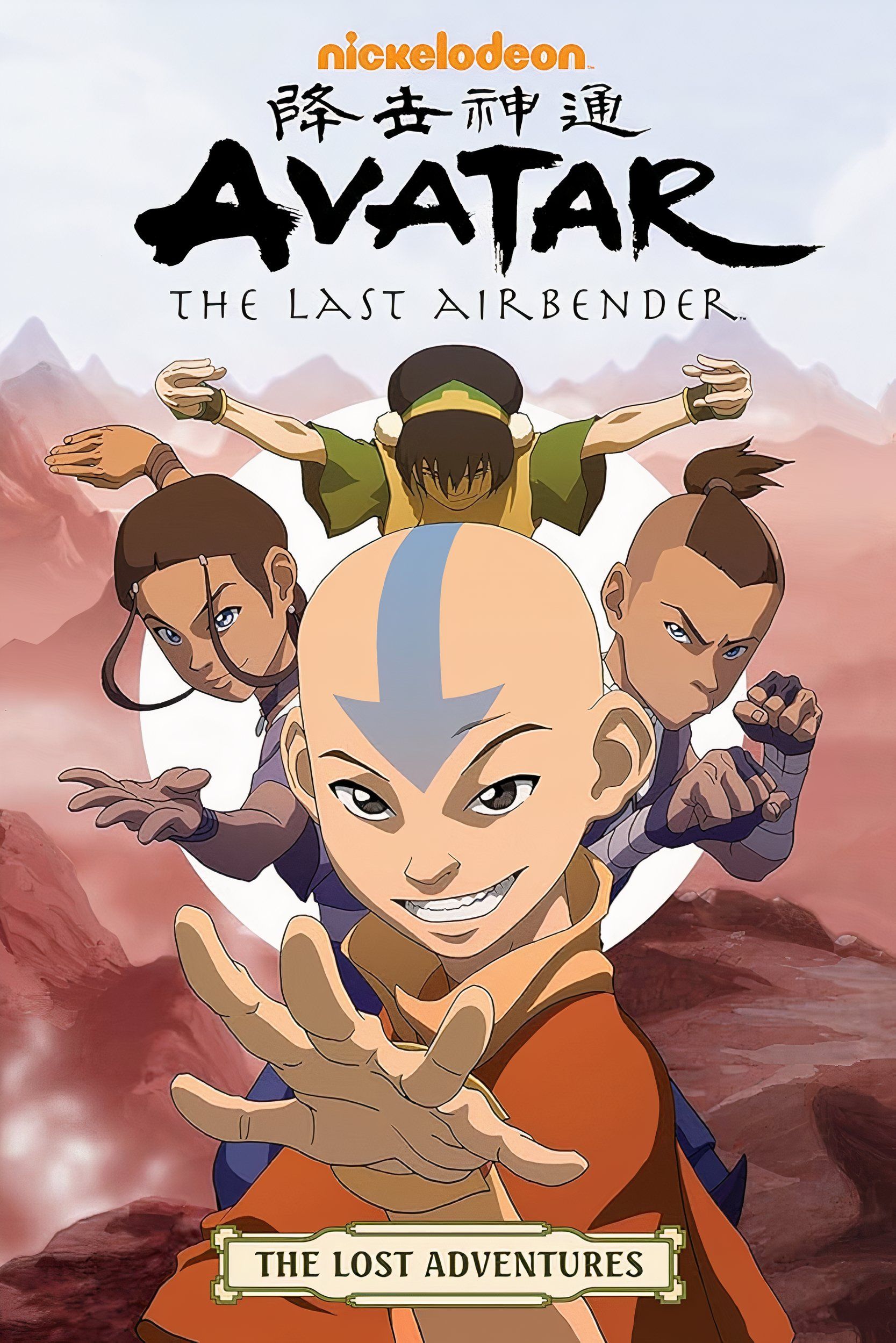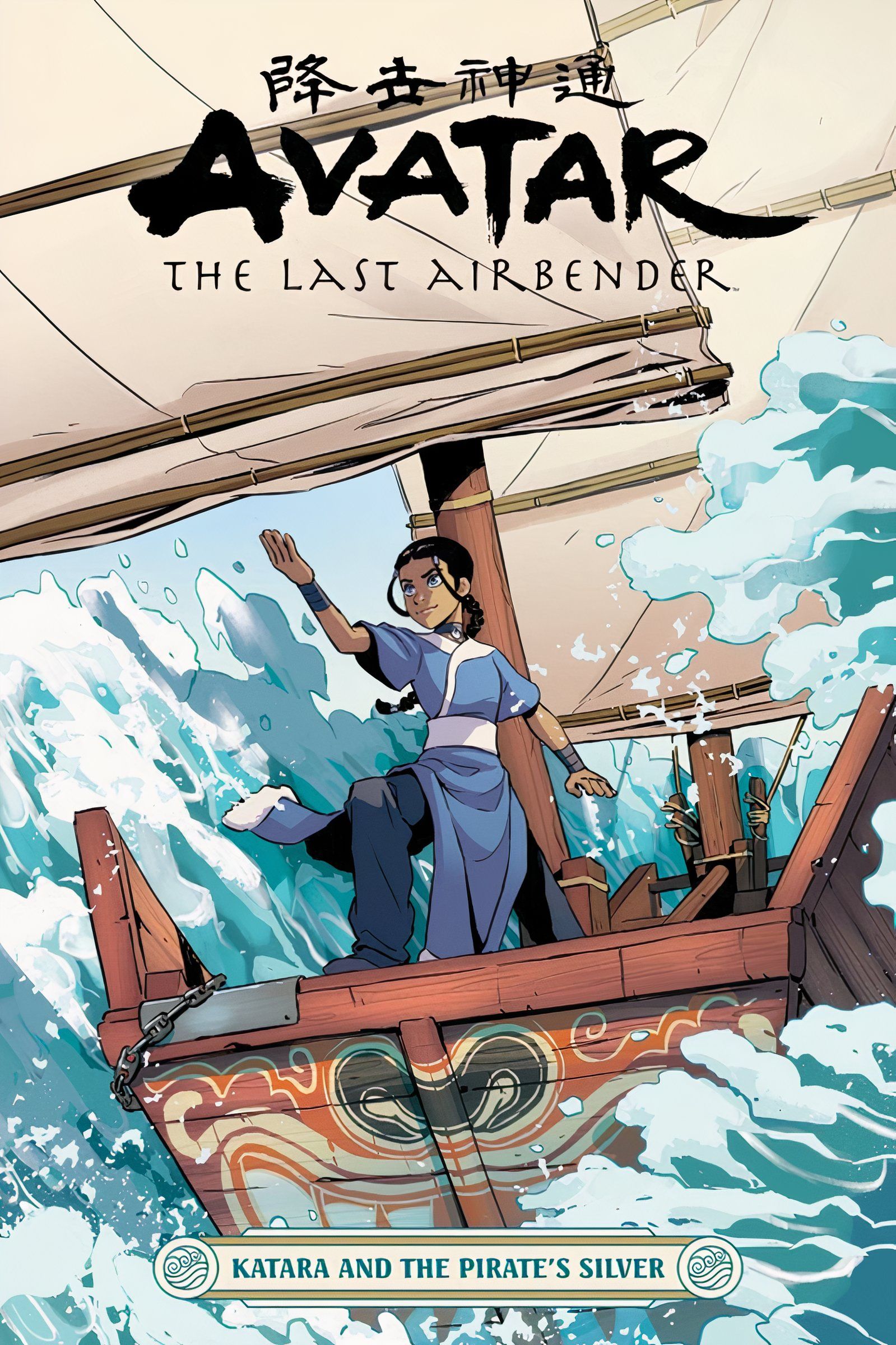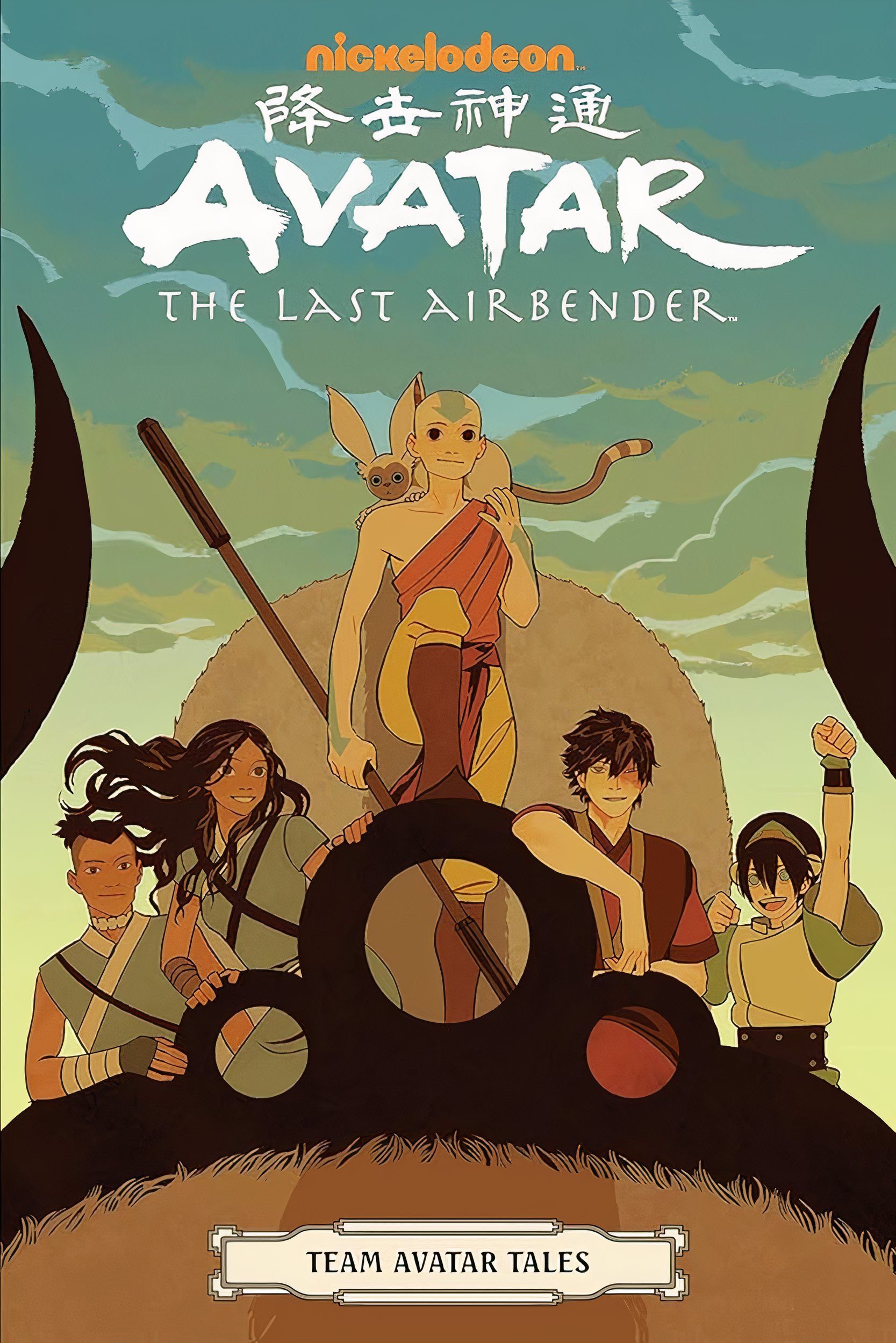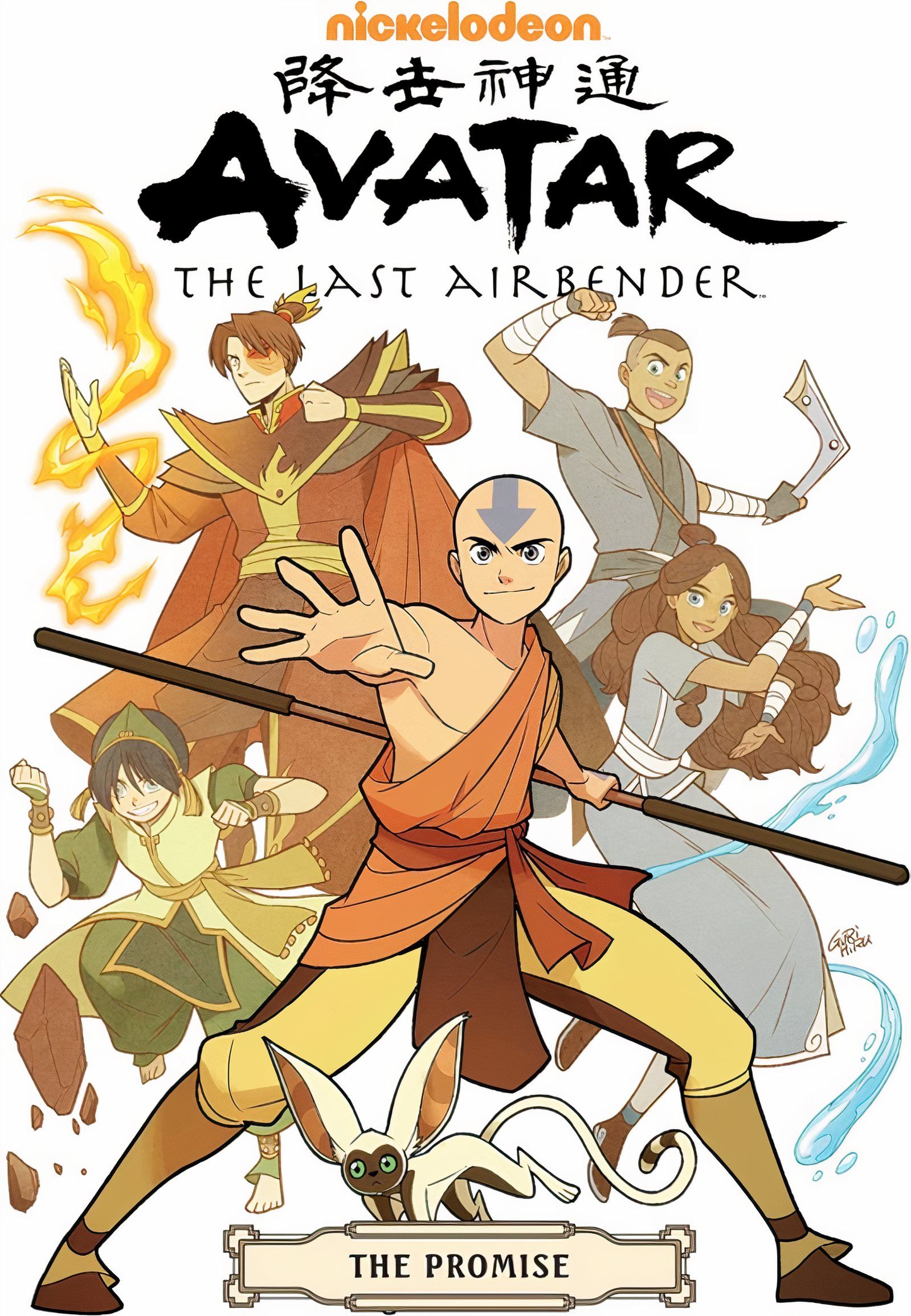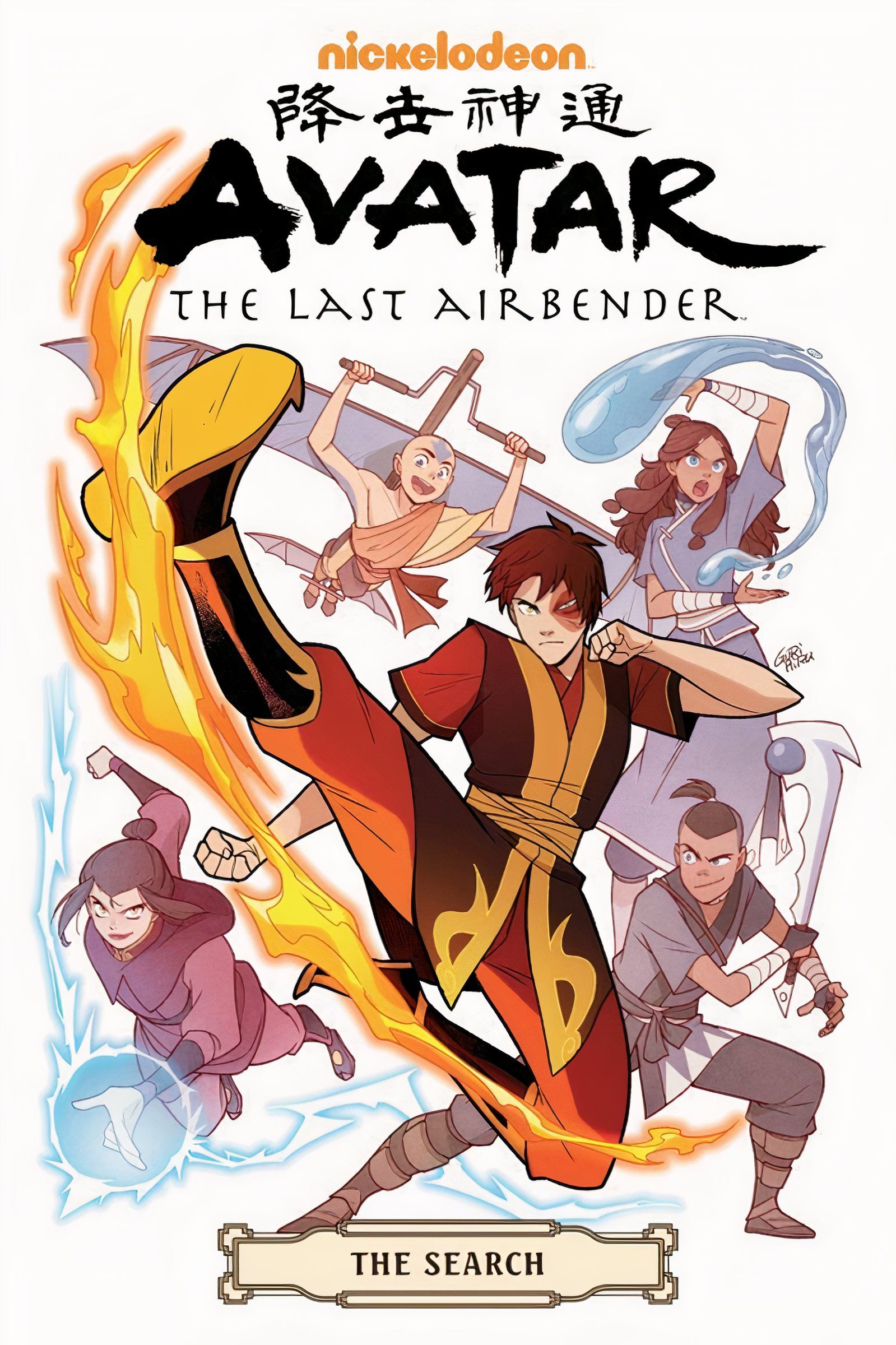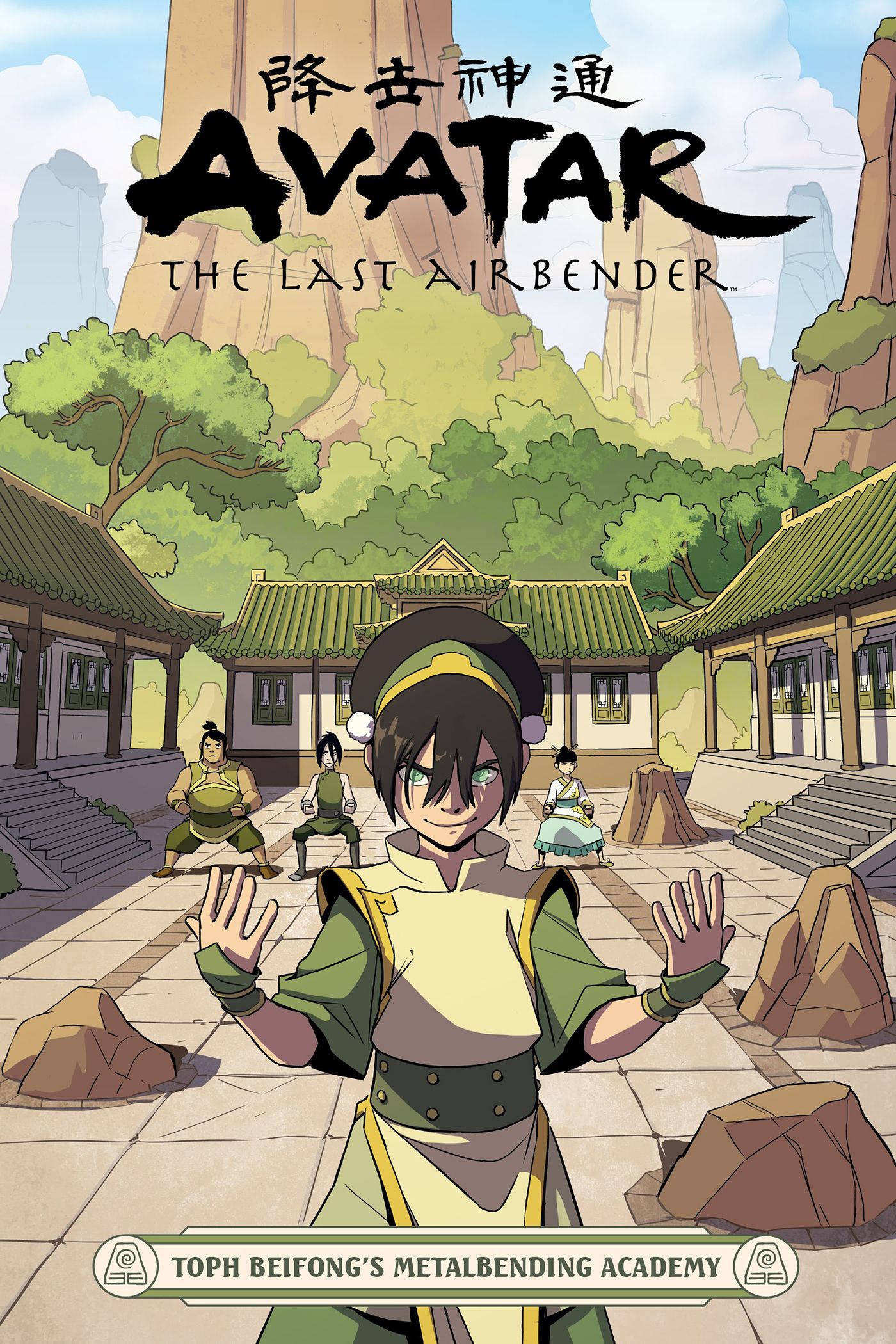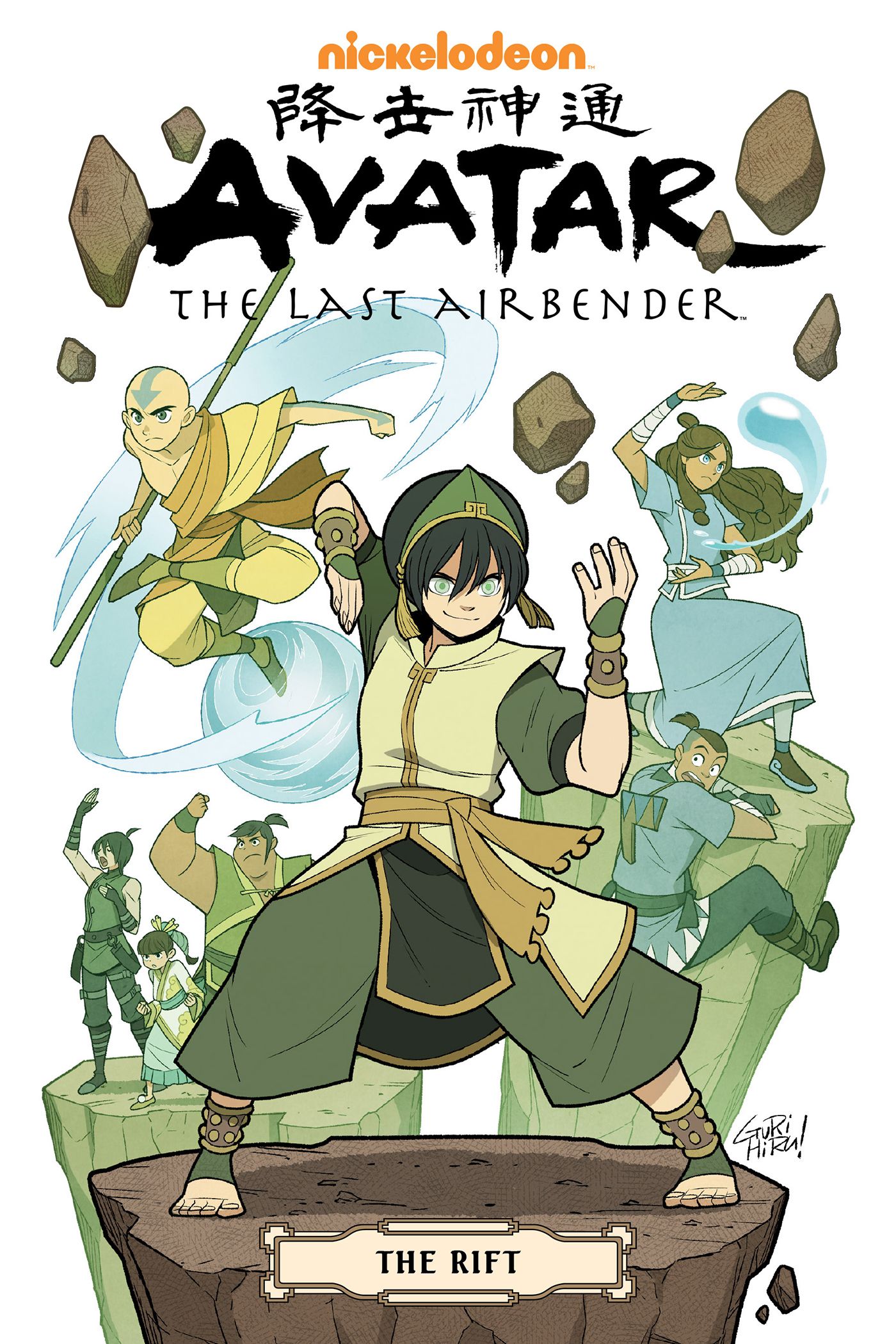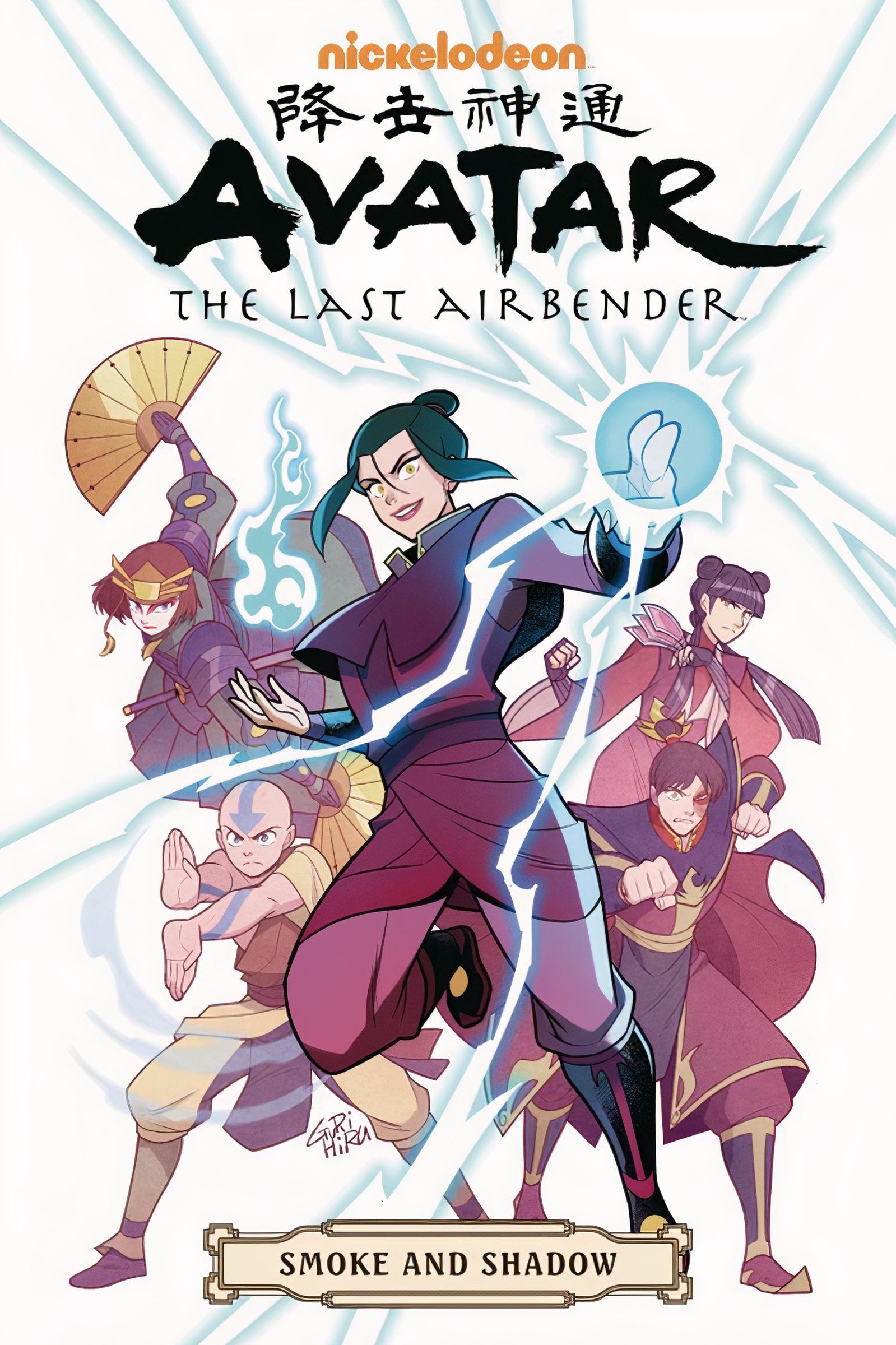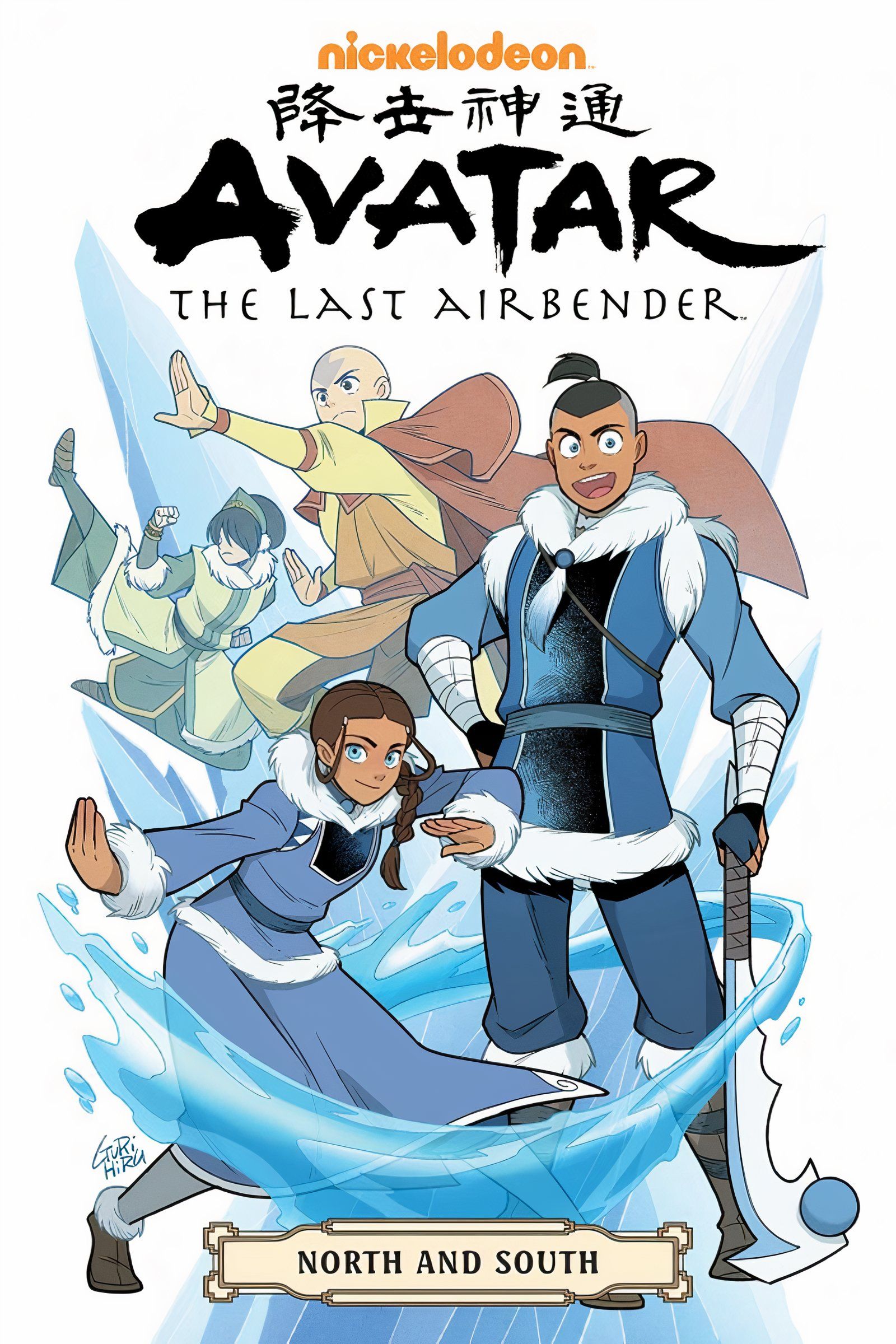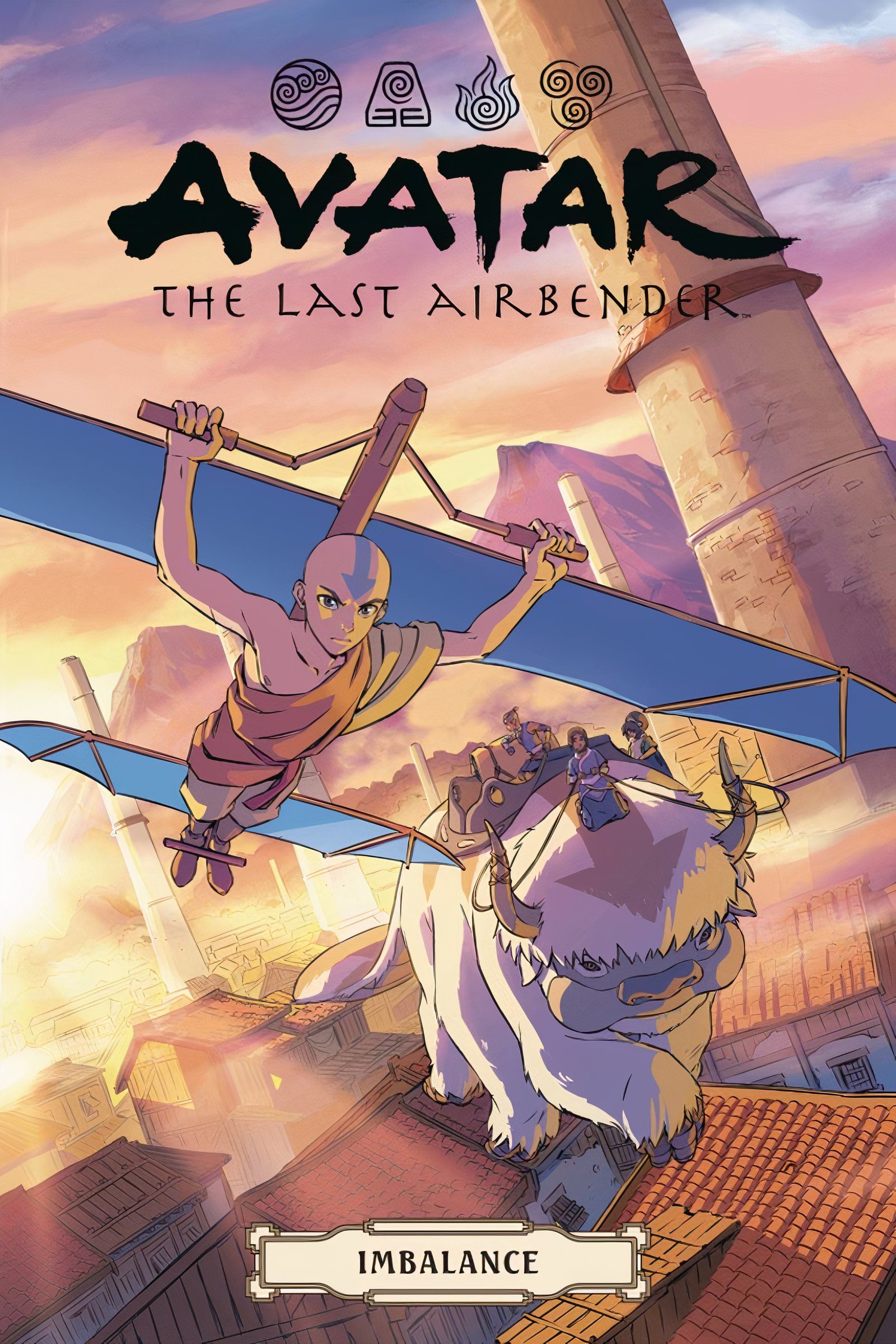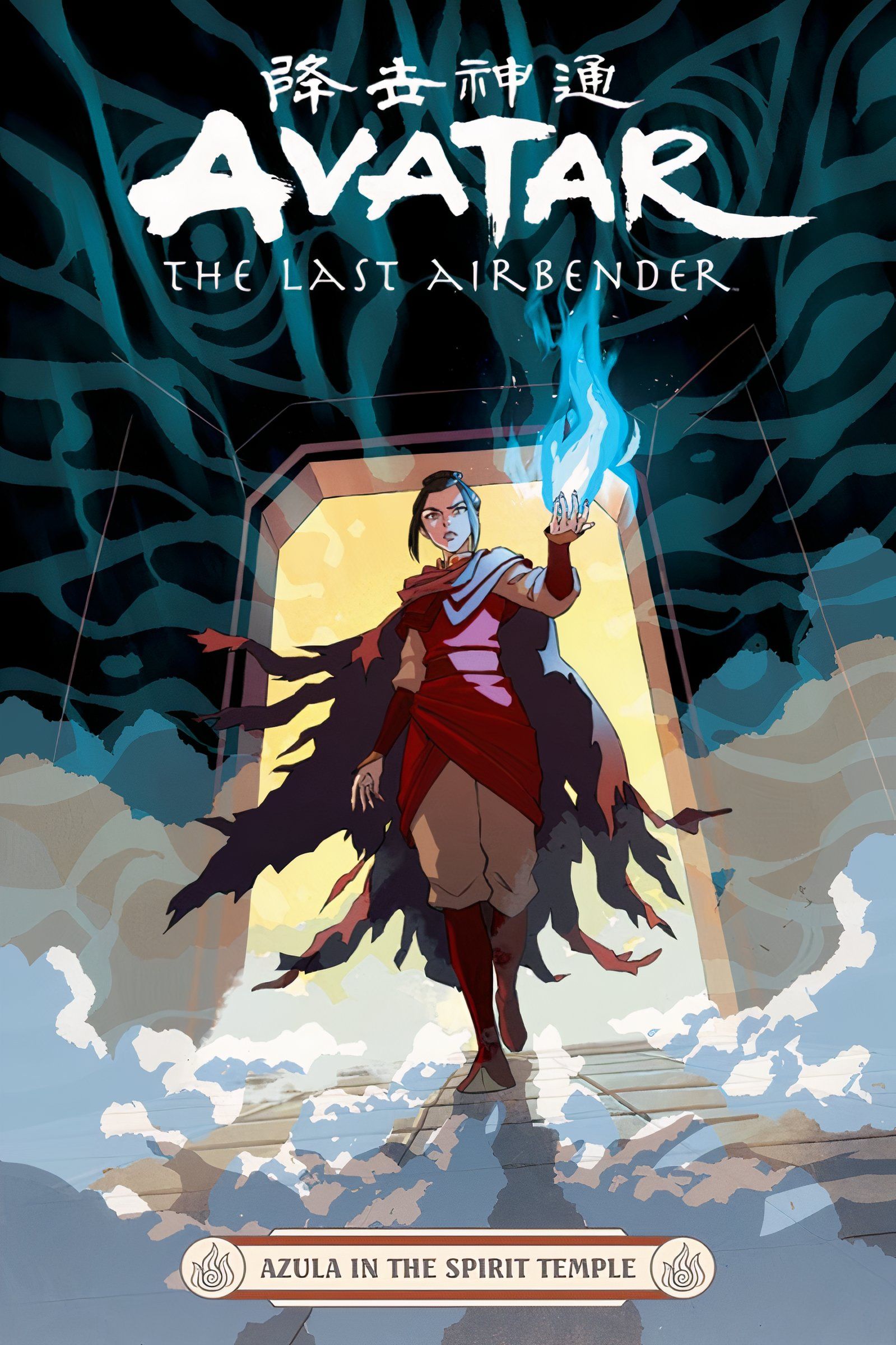Avatar: The Last Airbender – Which Comics To Read First
Summary
- Avatar comics extend the beloved TV series, offering new perspectives and filling in gaps left by the show’s conclusion.
- The Lost Adventures anthology maintains the show’s lighthearted vibe while providing deeper insights into familiar characters.
- Graphic novel trilogies like The Promise and The Search delve into complex storylines post-TV series, enriching the Avatar universe.
For fans of Avatar: The Last Airbender, there is a whole world to explore beyond what happened on screen, in the form of comic book stories that extend the universe of Avatar. Serving largely as a continuation to the television series, as well as offering a number of stories set during the events of the show, Avatar comics have proven the medium to be a perfect fit for the franchise.
Of course, many fans will be drawn to Avatar comics to find out what happens to their beloved characters after the finale of The Last Airbender, as Team Avatar work to help rebuild the world. Beyond that, however, the comics provide the opportunity to cover topics the show didn’t, and emphasize moments that offer new perspectives on familiar figures.
Six
Avatar
graphic novels appear in trilogy form, including
The
Promise
,
The
Search
,
The
Rift
,
Smoke and
Shadow
,
North and
South
, and
Imbalance
.
While fans of the original show should be able to follow the comic storyline, it is worth providing a primer on which comics to pick up first, for readers who want to jump in and explore the world of Avatar on the page.
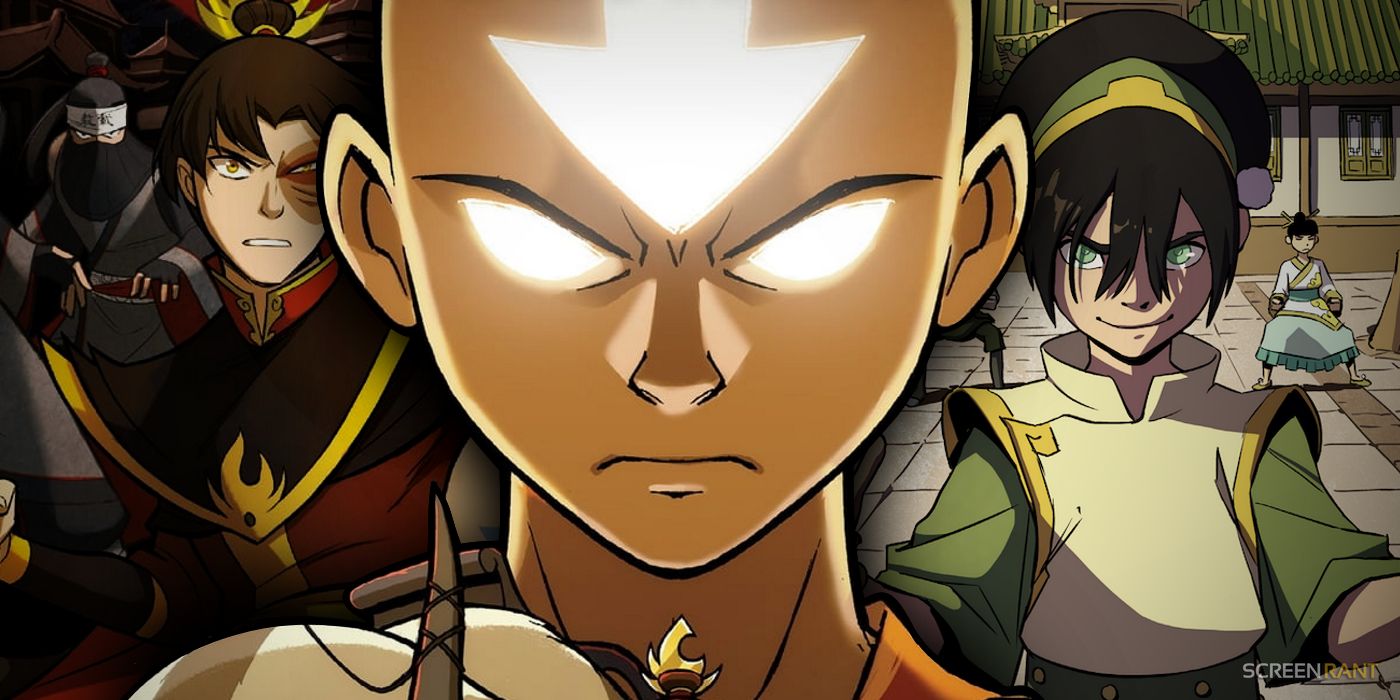
Related
Avatar The Last Airbender: Comics Reading Order & Timeline Explained
There’s more to Aang’s story than Avatar: The Last Airbender, with these comics and graphic novels filling in the gaps between episodes and seasons.
Avatar: The Last Airbender – The Lost Adventures
Stories By Writers Including Benjamin Wilgus, Johane Matte, Katie Mattila, & More, With Contributions By Many Great Artists
Avatar: The Last Airbender – The Lost Adventures delivers exactly what its title promises. The graphic novel collects twenty-six tales set during the events of the TV series, each of them offering a deeper understanding of the franchise’s arc in some way or another. Each of the stories in the collection is canon, but beyond that, they vary wildly in style and tone, from the hilarious (“Bee Calm” and “Only Natural”) to the relatively complex (“Relics” and “Divided We Fall.”)
Largely, this comic anthology maintains the signature lighthearted vibe of the show; with many of the comic’s creators having also worked on the series, there is a sense of direct continuity between the two mediums. Fans of the series will appreciate the immediate familiarity of The Lost Adventures, making it the perfect onboarding point for Avatar comics.
As
Avatar
fans will know, the series’ sixty-one episodes are split into three “Books,” representing each season of the series: Water, Earth, and Fire. In reflection of this,
The Lost Adventures
is divided in the same way, with stories sorted according to which Book they take place during.
Katara And The Pirate’s Silver
Written By Faith Erin Hicks & Tim Hedrick; Art By Peter Wartman; Color By Adele Matera; Lettering By Comicraft
The graphic novel Katara and the Pirate’s Silver is set during the timeline of the TV series, with its events occuring during “Book Two: Earth.” The story follows the eponymous intrepid Waterbender after she is separated from Team Avatar. The story is characteristic of the ambitious nature of Avatar, delivering an action-packed epic – as Katara leads a group of pirates to fight the Fire Nation, all without Aang’s help – while also serving to widen the fictional world of the franchise.
Notably, Katara reveals the intricate political network running through the Earth Kingdom, a precursor to the Fire Nation colonies that eventually turn into the Legend of Korra United Republic of Nations. For readers seeking a greater understanding of the world of Avatar, Katara and the Pirate’s Silver is an essential piece of lore, one that makes the subsequent events of the series even more impactful.
Avatar: The Last Airbender – Team Avatar Tales
Stories By Writers Including Gene Luen Yang & Sara Goetter; Art By Ryan Hill, Faith Erin Hicks, Carla Speed McNeil & More
Like The Lost Adventures, much of Team Avatar Tales fits into the timeline of the television series, depicting both major and minor incidents that occurred between episodes. Notably, it also extends beyond the series finale, offering a taste of how well the comics serve as a place for the story of The Last Airbender to continue.
There are some truly unique perspectives in this anthology, such as Mai’s problematic rebound relationship, Sokka’s short-lived stint as a teacher, Ty Lee’s decision to become a part of the Kyoshi Warriors, as well as an adventure-mystery involving bizarre pumpkin-eaters. In addition to serving up classic Avatar plots, it also highlights the potential for more types of stories to be told within the franchise’s world, making it a unique and important entry the Avatar comics. As with The Lost Adventures, it makes for a particularly good place to begin reading Avatar.
The Promise Trilogy
Written By Gene Luen Yang; Art By Gurihiru; Lettering By Michael Heisler
If nothing else,
The Promise
proves that the era after the
Avatar
series is fertile ground for equally impactful storylines.
The Promise is the first trilogy of graphic novels to be set entirely after the Hundred Year War and Ozai’s downfall. In this way, it could be the victim of incredibly high levels of anticipation – thankfully, however, the series manages to provide a satisfying next chapter to the conclusion of “Book Three” of The Last Airbender.
In the aftermath of the TV show’s conclusion, The Promise weaves a tense geopolitical narrative, setting Zuko and Ang against one another once more when the Fire Lord chooses to keep the Fire Nation colonies in the Earth Kingdom. The pair eventually manage to find a political sweet spot through the Harmony Restoration Movement, though not before the drama has been mined for great effect. If nothing else, The Promise proves that the era after the Avatar series is fertile ground for equally impactful storylines.
The Search Trilogy
Written By Gene Luen Yang; Art By Gurihiru; Lettering By Michael Heisler
Continuing from the creative team behind The Promise, The Search is another trilogy of graphic novels, which continue key plotlines not just from the previous story, but from the series as a whole. Zuko is eager to find his mother, Ursa, once again, strongly believes that she’s still alive, and refuses to consider any alternatives. Azula reenters the picture for the first time after her defeat, offering to help her brother, and Team Avatar, pinpoint Ursa’s location.
What follows in The Search is an an adventure to the Forgetful Valley and beyond, as Zuko searches to finally get the closure he desperately needs. The graphic novel trilogy also reveals hitherto unknown snippets of Ursa’s past, making it clear that comic book sequels to The Last Airbender have an opportunity to move the story forward, and also to add further depth and complexity to characters’ backstories.
Written By Faith Erin Hicks; Art By Peter Wartman; Color By Adele Matera
Toph Beifong’s Metalbending Academy is a particularly exciting read for Avatar fans, because it details the formation of the first generation of Metalbenders, taught to harness their hidden abilities by the creator of the practice herself. The story has a classic Avatar feel to it; when the eponymous Toph has trouble adjusting to her new life as a mentor and teacher, the plot becomes about her struggle to grow and adapt in this unexpected role.
Featuring notable roles for Toph’s protégés, Ho Tun, The Dark One, and Penga begin taking care of new arrivals, as well as several amusing subplots. Far from a throwaway, however, Toph Beifong’s Metalbending Academy offers readers a keen insight into the new social order that takes shape following the end of the TV show. Especially for fans of The Legend of Korra, filling in the gaps, big or small, between the two series is especially rewarding.
In the graphic
Sokka tries to help out
by bringing in a band named Trustfully in Love, but it doesn’t seem to help Toph’s mood. An underground tournament, however, adds some much-needed flavor to Toph’s mundane daily life.
The Rift Trilogy
Written By Gene Luen Yang; Art By Gurihiru; Lettering By Michael Heisler
The Rift completes the “trilogy of trilogies” that began with The Promise, in a tale that continues to explore and expand the world of Avatar in compelling, even refreshing ways. The story begins with Avatar Yangchen’s festival, a celebration that is marred by the discovery of a horribly polluting iron ore refinery. From there, it goes in unexpected directions that Avatar fans will find rewarding.
Most notably, The Rift features Aang interacting with his past self, and in the process learning about an ancient, vengeful spirit. It also includes Toph and her Metalbending pupils assist the Avatar in fighting General Old Iron, as the story’s ending turns out a lot more heartwarming and hopeful than how it begins. In other words, it is a “feel good” conclusion to a strong Avatar story, one that pays off in the emotional arcs of its characters, as well as its contributions to the franchise’s mythology.
Smoke And Shadow Trilogy
Written By Gene Luen Yang; Art By Gurihiru; Lettering By Michael Heisler
The Smoke and Shadow graphic novel trilogy describes an upheaval in the Fire Nation, when the New Ozai Society rears its head. Further, a mysterious group known as the Kemurikage appears, demanding that Zuko abdicate the throne, or risk running afoul of a prophecy. The intricate, exciting plot is another example of what the Avatar franchise can do beyond the constraints of the television medium.
By placing an emphasis on the destabilization of the Fire Nation, and making Zuko the story’s focal character, Smoke and Shadow is one of the most urgent sequel stories to date in the comic book continuation of the story from Avatar: The Last Airbender. While the Firebenders began as the antagonists of the franchise, the sequel comics continue to push them beyond that limit, making them as fascinating as protagonists as they are as enemies.
Throughout
Smoke and Shadow,
the Kemurikage further warn that the country would be destroyed if the Fire Lord doesn’t obey their dictum. They also begin abducting children from the Capital City as part of their scare tactics, pushing the plot to another level of tension.
North And South Trilogy
Written By Gene Luen Yang; Art By Gurihiru; Lettering By Michael Heisler
The North and South graphic novel takes a unique approach; in a similar vein to how The Lost Adventures and Team Avatar Tales fit into the gaps into the TV series timeline, North and South runs in parallel with Smoke and Shadow, covering Sokka and Katara’s experiences in the revamped Southern Water Tribe. The story is rewarding for fans of the two characters, but especially for those who have read Katara and the Pirate’s Silver first, as it continues to show how dynamic she is as a central character.
In North and South, a village is transformed into a metropolis by Malina, a Northern Water Tribe member, and led by Chief Hakoda. Unfortunately, the proposed plans for unification with the Southern Watern Tribe is complicated, as the two tribes are pitted against severe resistance – forcing Katara to play to her strengths in order to broker harmony between the North and South poles.
Imbalance
Written By Faith Erin Hicks; Art By Peter Wartman; Color By Ryan Hill & Adele Matera
The Imbalance trilogy focuses on Team Avatar’s adventures in Cranefish town, which has been transformed into an industrial hub due to the establishment of the Earthen Fire Industries by Lao Beifong, Toph’s father. By this point, the progression of Avatar’s comic book continuation truly comes into its own, as the creators behind the series have become comfortable with the different limitations of the story on the page, as opposed to the television screen.
The story of Imbalance is incited when Aang learns that the bender and non-bender populations in the area have been at each other’s throats for a while, forcing him to take action to mediate. The Avatar’s decision, however, is complicated by an ideological split between Katara and Toph, each of whom wants him to opt for a different resolution – leading to a great degree of tension between the allies.
Azula In The Spirit Temple
Written By Faith Erin Hicks; Art By Peter Wartman; Color By Adele Matera
Following the events of Smoke and Shadow, Zuko’s brother Azula is made the protagonist of her own series. Among one of the best Avatar sequel series so far, Azula in the Spirit Temple succeeds in pushing the character to a new level, while also giving fans a dynamic action-adventure mystery plot, which ultimately rewards readers with an effective conclusion.
Azula’s importance to the franchise, and her status as one of Avatar’s most badass characters, was never in question, but Spirit Temple throws both of these things into sharp relief. It also continues to make it clear that the Fire Nation has a great role to play in bridging the eras of The Last Airbender and The Legend of Korra. As with all the Avatar comics released so far, it is essential reading for fans who can’t get enough of the story woven by the two iconic animated series.
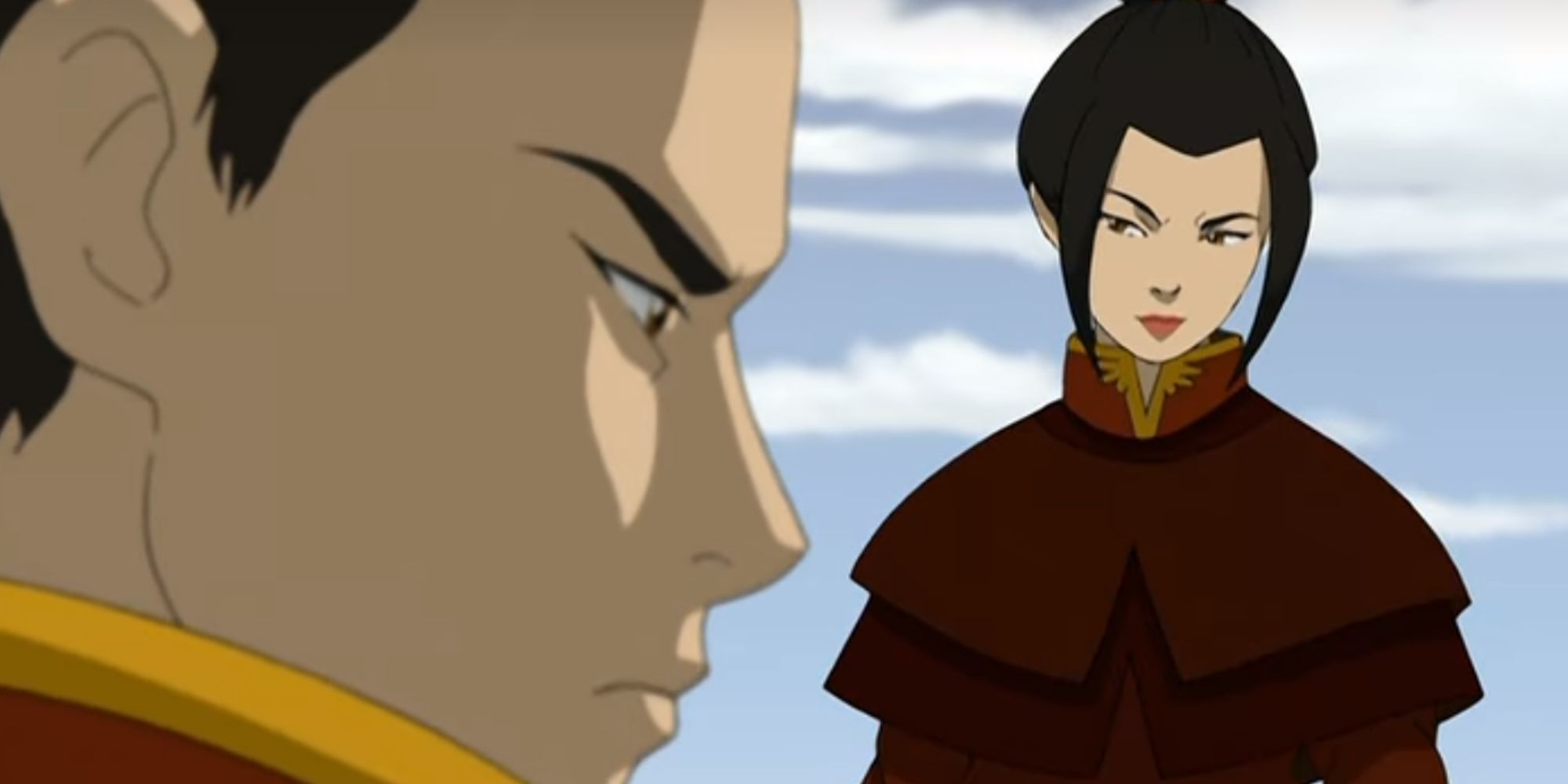
Related
“I Gave This A Lot Of Thought”: Why Azula Gives Up Credit For Killing Aang Explained By ATLA Director
Avatar: The Last Airbender director Giancarlo Volpe explains why Azula gave Zuko the credit for striking down Aang in season 3’s opening episode.

Avatar: The Last Airbender
Avatar: The Last Airbender is an Animated Fantasy and Adventure series that appeared on Nickelodeon and was created by Michael Dante DiMartino and Bryan Konietzko. The series featured voices from Zach Tyler Eisen, Jack DeSena, Dante Basco, and Mae Whitman. The premise follows a young boy named Aang, an Air Bender who is set to be the next Avatar, master of all elements, in a bit to unite the nations together and bring peace.




